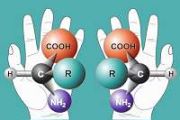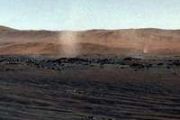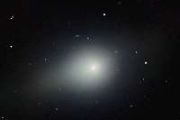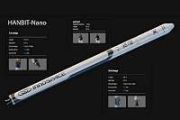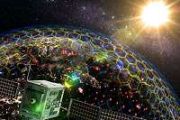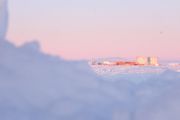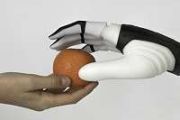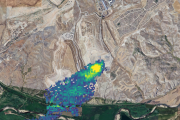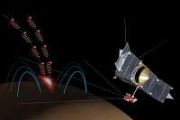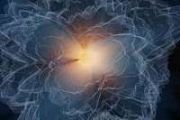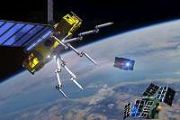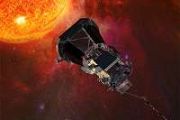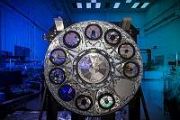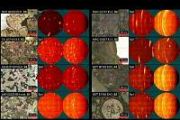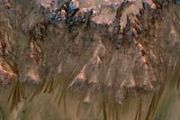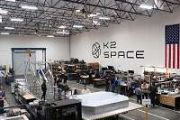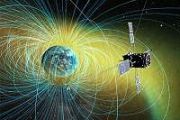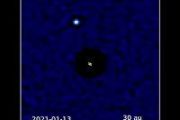
Copernical Team
MEASAT partners Parcel365 to unlock digital economy potential in rural areas
 MEASAT has signed an agreement with Parcel365 to collaborate on the Digital Village365 initiative that aims to uplift rural communities and stimulate digital economic activities for B40 communities. In the Digital Village365 initiative, Parcel365 will offer logistics and eCommerce platform services as well as training sessions at suitable CONNECTme NOW locations identified by MEASAT.
Throu
MEASAT has signed an agreement with Parcel365 to collaborate on the Digital Village365 initiative that aims to uplift rural communities and stimulate digital economic activities for B40 communities. In the Digital Village365 initiative, Parcel365 will offer logistics and eCommerce platform services as well as training sessions at suitable CONNECTme NOW locations identified by MEASAT.
Throu SpaceX launches 56 more Starlink satellites in heaviest payload yet
 SpaceX on Thursday morning launched 56 new Starlink Internet satellites into low Earth orbit as it expanded the satellite network in its sixth launch of 2023.
The launch of SpaceX Falcon 9 lifted off from Florida's Cape Canaveral Space Force Station at 4:32 a.m. following a 10-minute delay. The 56 satellites weighed a combined total of 19.4 tons, marking the space company's heaviest pay
SpaceX on Thursday morning launched 56 new Starlink Internet satellites into low Earth orbit as it expanded the satellite network in its sixth launch of 2023.
The launch of SpaceX Falcon 9 lifted off from Florida's Cape Canaveral Space Force Station at 4:32 a.m. following a 10-minute delay. The 56 satellites weighed a combined total of 19.4 tons, marking the space company's heaviest pay 20 Years Ago: Remembering Columbia and Her Crew
 The year 2003 was shaping up to be an ambitious one for NASA, with six space shuttle missions planned, five to continue construction of the ever-growing and permanently occupied International Space Station. The first flight of the year, STS-107 aboard NASA's oldest orbiter Columbia, the first shuttle mission dedicated to microgravity research in nearly five years, would not travel to the space s
The year 2003 was shaping up to be an ambitious one for NASA, with six space shuttle missions planned, five to continue construction of the ever-growing and permanently occupied International Space Station. The first flight of the year, STS-107 aboard NASA's oldest orbiter Columbia, the first shuttle mission dedicated to microgravity research in nearly five years, would not travel to the space s New data platform to host Copernicus Earth observation data
 Remote sensing data reveals the state of our planet and allows us to look into Earth's past: it is an indispensable tool to help us better understand and protect our planet. How can we secure this tool long term while providing continuous access? The European Copernicus Earth observation programme seeks to answer this question.
On 24 January 2023, the 'Copernicus Data Space Ecosystem' was
Remote sensing data reveals the state of our planet and allows us to look into Earth's past: it is an indispensable tool to help us better understand and protect our planet. How can we secure this tool long term while providing continuous access? The European Copernicus Earth observation programme seeks to answer this question.
On 24 January 2023, the 'Copernicus Data Space Ecosystem' was Aiming for the Triple Junction: Sols 3723-3724
 Your blogger is a little tired right now... I am just back from a field trip to the salt flats in Botswana, guided by colleagues from BIUST University, walking, viewing and sampling in 38C heat. It was great to walk around and see with my own eyes geology relevant to Mars here on Earth. This enhances my - and more generally our - understanding of the physical and chemical processes that underly
Your blogger is a little tired right now... I am just back from a field trip to the salt flats in Botswana, guided by colleagues from BIUST University, walking, viewing and sampling in 38C heat. It was great to walk around and see with my own eyes geology relevant to Mars here on Earth. This enhances my - and more generally our - understanding of the physical and chemical processes that underly Phew! Truck-sized asteroid misses Earth
 Bruce Willis: you can stand down.
A truck-sized asteroid that suddenly loomed out of the darkness a few days ago - with the Earth in its sights - sailed harmlessly past us on Thursday, space scientists said.
Despite what we've seen in movies like "Armageddon," no global mission to blow it up or knock it off course with nuclear weapons was required.
Instead, Asteroid 2023 BU whizze
Bruce Willis: you can stand down.
A truck-sized asteroid that suddenly loomed out of the darkness a few days ago - with the Earth in its sights - sailed harmlessly past us on Thursday, space scientists said.
Despite what we've seen in movies like "Armageddon," no global mission to blow it up or knock it off course with nuclear weapons was required.
Instead, Asteroid 2023 BU whizze Tempestuous young stars in Orion
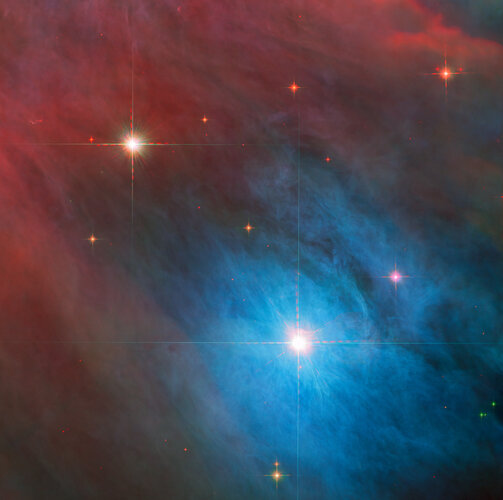 Image:
Tempestuous young stars in Orion
Image:
Tempestuous young stars in Orion ESA branded merchandise made easy
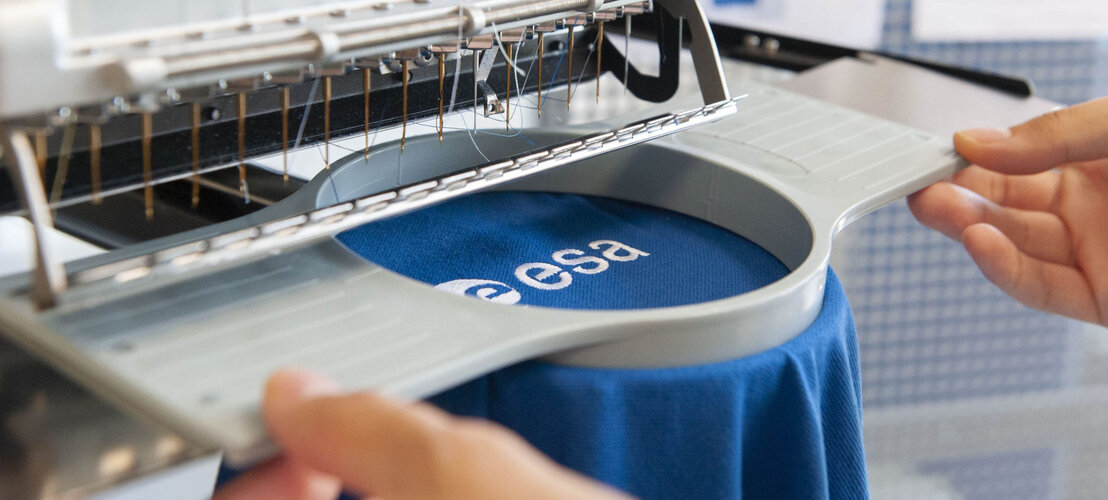
We’ve just made it easier to use the ESA brand to create merchandise or materials for events. If you are interested in producing and selling merchandising that shows the ESA logo, the ESA flags patch or ESA’s mission patches, there is now a simple way to request the use of ESA emblems.
How cells could help Artemis astronauts exercise
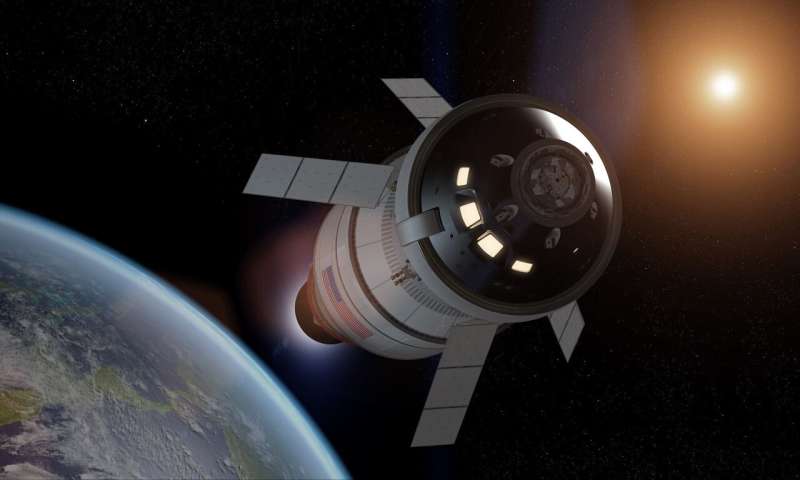
In 2033, NASA and China plan to send the first crewed missions to Mars. These missions will launch every two years when Earth and Mars are at the closest points in their orbits (Mars Opposition). It will take these missions six to nine months to reach the Red Planet using conventional technology. This means that astronauts could spend up to a year and a half in microgravity, followed by months of surface operations in Martian gravity (roughly 40% of Earth gravity). This could have drastic consequences for astronaut health, including muscle atrophy, bone density loss, and psychological effects.
Aboard the International Space Station (ISS), astronauts maintain a strict exercise regimen to mitigate these effects.
NASA marks 20 years since space shuttle Columbia disaster




